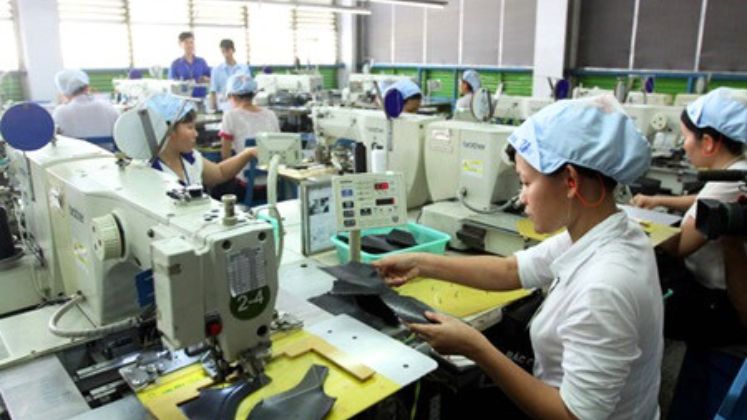
Vietnam is poised to emerge as a standout performer among the six major members of the Association of Southeast Asian Nations (ASEAN), which include Brunei, Cambodia, Indonesia, Laos, Malaysia, Myanmar, the Philippines, Singapore, Thailand, and Vietnam, with projected economic growth of 6.5 per cent year-on-year (YoY) in fiscal year 2025, according to a recent report by Oxford Economics. The growth is expected to be largely driven by the manufacturing sector, particularly in machinery and textiles.
The report highlights that Vietnam’s thriving manufacturing fundamentals position it as a key hub for assembly, packaging, and testing of semiconductor chips. This sector is anticipated to continue benefiting from a chip-led tailwind, although the impact may be less pronounced than in 2024.
Oxford Economics notes that there are upside risks to this forecast, notably from the front-loading of orders due to concerns over potential US tariffs. Additionally, the domestic economic outlook remains positive, bolstered by solid wage growth resulting from foreign direct investment (FDI) job creation, which is expected to support private consumption.
Despite the promising growth trajectory, the report cautions that FDI inflows may experience a temporary slowdown in early 2025 as businesses await clarity on potential US tariff announcements affecting Vietnam. However, the number of operating enterprises continues to grow annually, suggesting stronger asset accumulation in 2025.
Looking ahead, Oxford Economics anticipates improved credit growth in Vietnam next year, supported by recent changes to credit controls and a more robust domestic business environment. Nevertheless, challenges remain, particularly in the real estate sector, which is expected to weigh on economic performance until the end of 2025. The process of offloading bad debt may also prolong financial strain.
As economic activity recovers, there are concerns about currency pressures that could lead to higher inter-bank rates. Coupled with weaker deposit growth compared to credit growth, financial conditions may tighten, potentially hindering the recovery of consumption and the domestic business sector.






